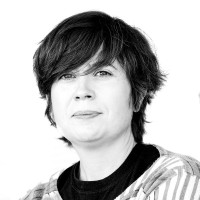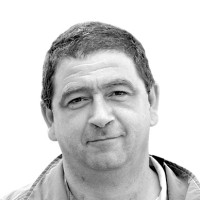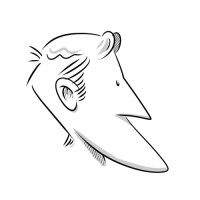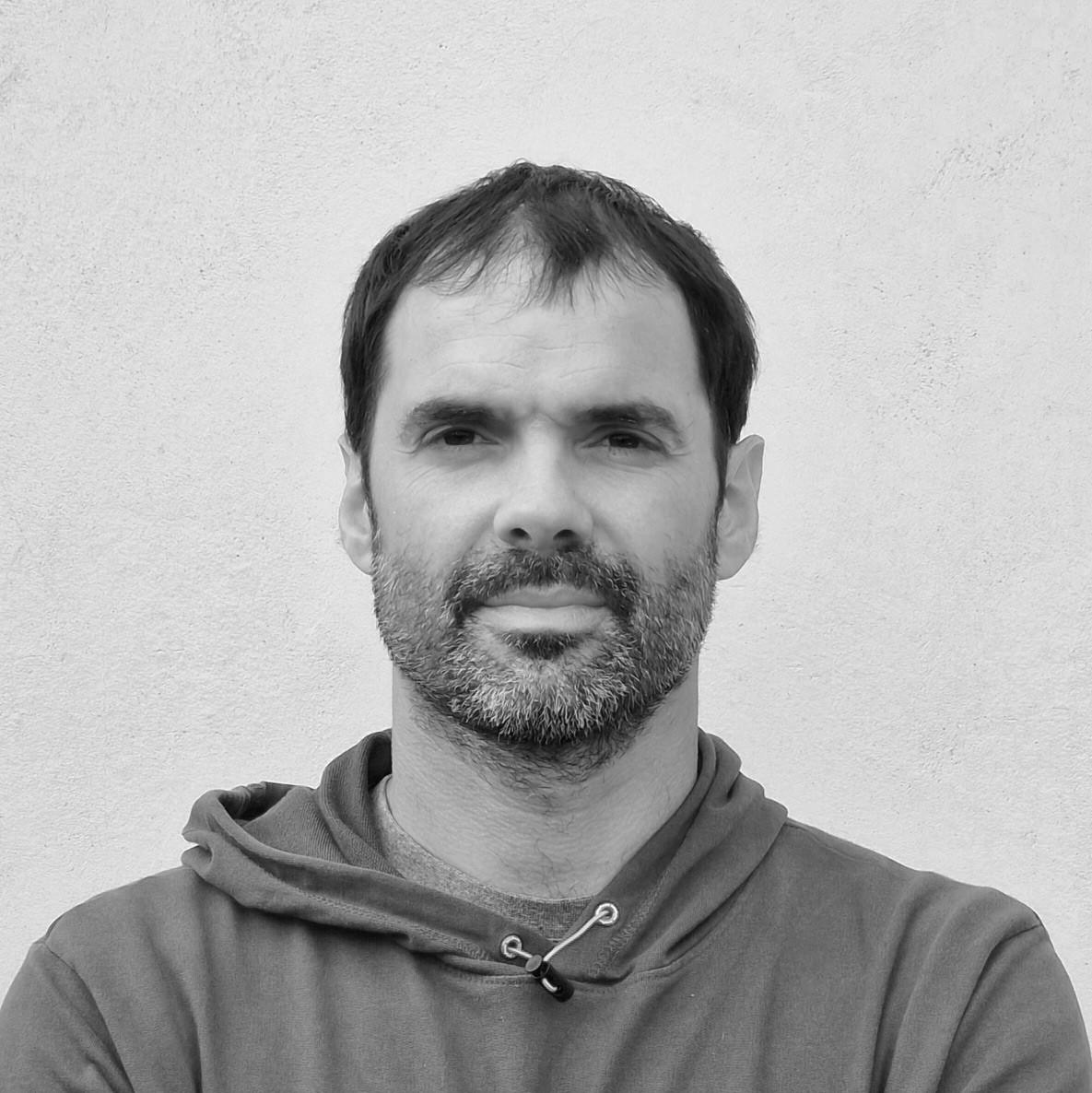February is the month of awards for films produced last year. With the excuse of going to the movies, I want to bring the Perfect Days colloquium of Wim Wenders, a city and architecture.
In the extended synopsis of the film you can read that the plot of the film develops in the public toilets. The Tokyo Toilets architectural program launched by the Tokyo City Hall is understood as the scenario: The best known Japanese architects designed a public bathroom. In these buildings chís and caca are built, there are other public places for cleaning the body and the theme gives it to another article. The architecture of the public toilets shown in the film is not a significant sample of Japanese communal architecture, but the action of the program does emphasize the Japanese understanding of advertising. The shared experience in public toilets in western cities is that they smell bad, they're dirty, there's no paper, they're broken. Placing a male public bathroom cleaner as the protagonist of the film can lead to different readings in the cultures of the West and Japan. Japan attaches sacred importance to the community.
The public bathroom could be the most widespread construction furniture, thought with mime and planned where the design of the streets should be. If we consider the right to go to the bathroom, public toilets should be located to specific radios, wherever you are, to find one on a maximum 10 minute tour. The public toilets that can be found in our context are scarce and have an industrialized and standard design, without identity testimonies. But the same goes for playgrounds. We solve two architectures so significant for the definition of the public with a catalog design, acknowledging their existence.
Bidali zure iritzi artikuluak iritzia@argia.eus helbide elektronikora
ARGIAk ez du zertan bat etorri artikuluen edukiarekin. Idatzien gehienezko luzera 4.500 karakterekoa da (espazioak barne). Idazkera aldetik gutxieneko zuzentasun bat beharrezkoa da: batetik, ARGIAk ezin du hartu zuzenketa sakona egiteko lanik; bestetik, egitekotan edukia nahi gabe aldatzeko arriskua dago. ARGIAk azaleko zuzenketak edo moldaketak egingo dizkie artikuluei, behar izanez gero.
At Christmas they leave a new book on the bedside table. About the philosophy and joy of the house, recently written by Emanuele Coccia. Coccia, an Italian philosopher, has become popular in making known our connections with plants on the road to the construction of a healthy... [+]
I've done a quick analysis of the technology forecasts for 2025. Like every year, when you talk about what technology is going to bring to the media in 2025, the discourse is very similar. Many of us who write about technology have the anxiety of knowing more than it's going to... [+]
When we woke up, culturally and administratively, the landscape showed a three-speed disaster.
As far as culture is concerned, I had the opportunity – once again – to confirm this last November 14 at the Mint library in Ortzaize. There we met because Eñaut Etxamendi... [+]
Snow hides the earth and the traces of beings looking for pleasure. Under the beauty of snow there is time, years, generations, ephemerides, quotations; but when time goes by there are words that have not been said before or after. Snow reminds us that we could slip and fall. As... [+]
The world has also done so, because it is a symbol, because in history more genocides have already been done and will be done (bad luck, hear, it has touched you to be born there), but Palestine has special characteristics:
- A long time ago, at the end of the 19th century, it... [+]
They appeared, as usual, through the hut, parked in the center of the passage, in herbs and encharcations so as not to dirty the mills, and went through the road, tracing, to the porch, with a large dish in the hand. As usual, the bûche was ready. In French bûche it can be a... [+]
As the fall ends, the crows appear on Basque Day, in the Basque era or in the Durango Fair. Aware of the results of socio-linguistic surveys on the use of Euskera, the "politically corrective" exercise has no longer drawn anyone's attention. Without Ttattarri, with cool and smiling... [+]
There are those who, being a brilliant brain, with definitions of "little detail," are experts in transforming and transforming the same thing, in other words. It was yours and it has been a project in eternum that has been repeated for decades. This was one of the main reasons to... [+]
On 26 December, during an air strike, the Israeli Army killed five Palestinian journalists trying to reach the city. They killed 130 Palestinian journalists. This news has reminded me of a couple of things, the first, the persecution of true journalists in any part of the world,... [+]
In recent months I have had to work in a number of institutes and, at some point, I have had to talk to the students about the possibilities offered by the labour market. The typology of the students is varied and in the same city varies a lot from one neighborhood to another,... [+]
The girl who appears in the center of photography, which can hardly be considered historical, is writing a list of adjectives: I, you, he, we, you, they. Looking down, I couldn't see what his gaze looked like.
Insensitive to the work of the photographer, you, slowly and... [+]
When you work with older people or people with physical and neural diversity, you realize that the idea of competition in our society limits us a lot as a species. That is, our system puts you in value by doing things specifically, and what it doesn't do is incapable of the... [+]
I wanted to write for the Christmas lights and claim to become an annual tradition in this time of street lighting, a welcoming, joyful and joyful public space from the point of view of the class. But, of course, also warm public spaces where some young people can be warming up... [+]




















